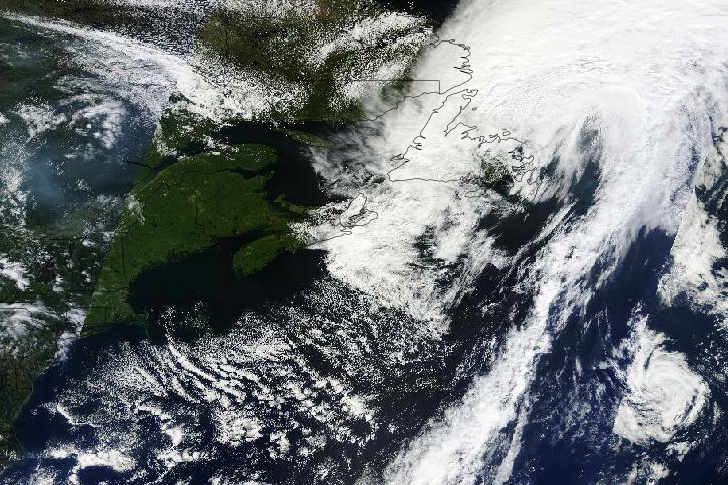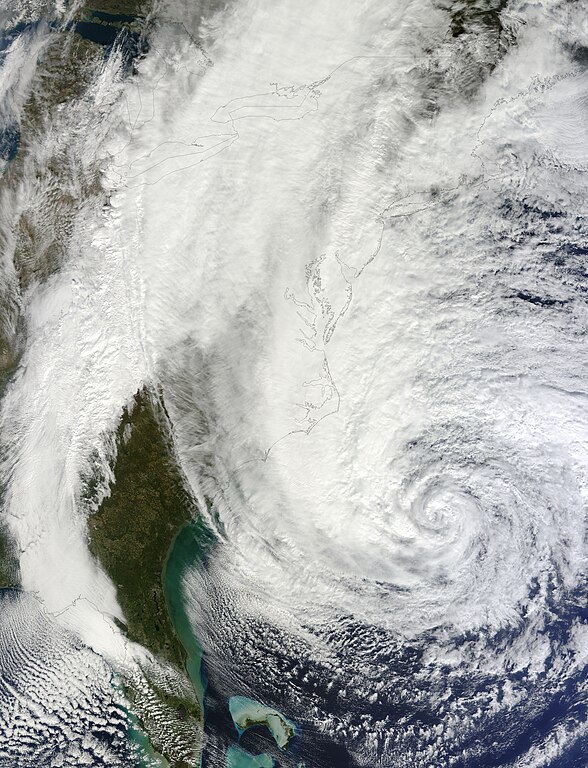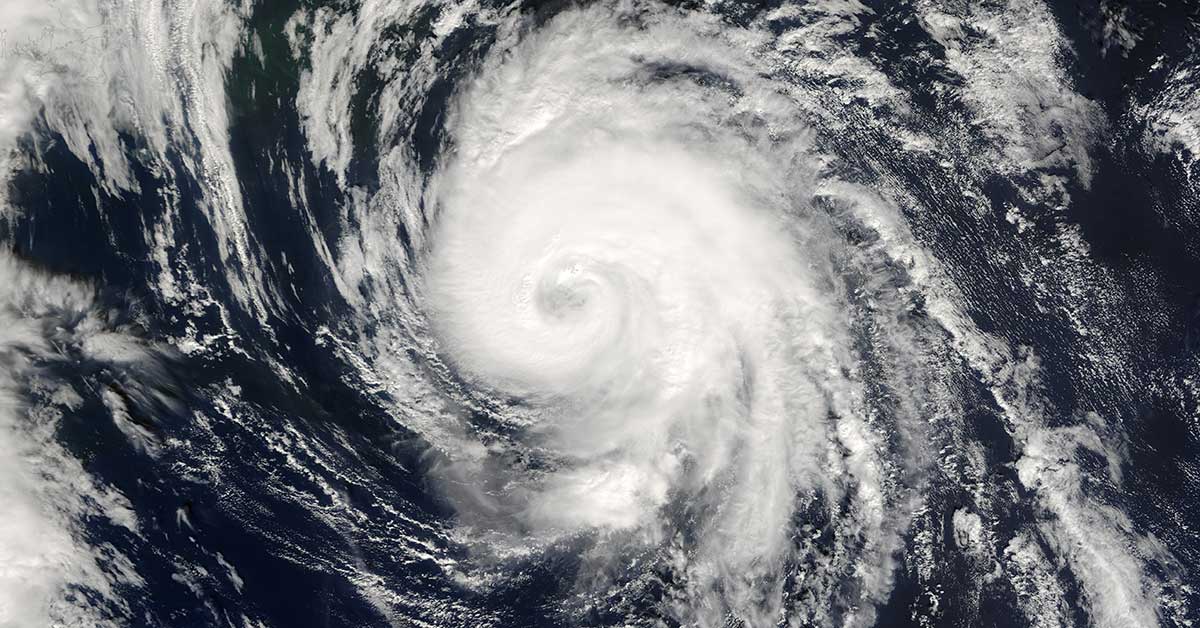

Introduction
Hurricane Sandy, often referred to as “Superstorm Sandy,” was one of the most devastating storms of the 2012 Atlantic hurricane season. While its impact was most severe in the United States, Sandy also affected parts of Atlantic Canada in late October 2012, bringing strong winds, heavy rain, and coastal flooding.
Meteorological History
Sandy formed in the Caribbean and quickly intensified into a hurricane. It followed a unique path, making landfall in the northeastern United States before moving northward into Atlantic Canada as an extratropical storm. Despite its weakened state, Sandy still brought significant weather to the region.
Impact on Atlantic Canada
In Atlantic Canada, Sandy primarily affected Nova Scotia and Newfoundland and Labrador. The storm brought heavy rain and strong winds, leading to power outages and minor flooding. Coastal areas experienced high waves and rough seas, particularly in Newfoundland and Labrador. However, the overall impact was less severe compared to the destruction Sandy caused in the United States.
Response and Aftermath
The response to Sandy in Atlantic Canada was swift, with emergency services addressing power outages and minor flooding. The storm’s impact prompted further discussions on the importance of coastal resilience and preparedness for future storms.
Conclusion
Hurricane Sandy’s legacy in Atlantic Canada is a reminder of the potential for large, powerful storms to impact the region, even when their primary landfall occurs elsewhere. The storm underscored the need for ongoing vigilance and preparedness in the face of increasingly unpredictable weather patterns.


